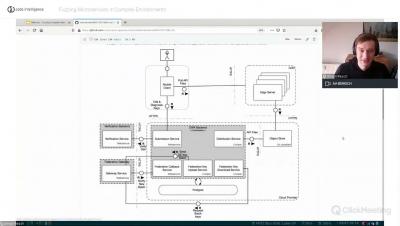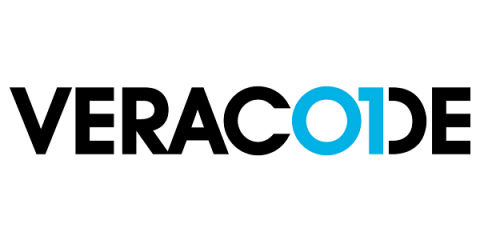Continuous REST API Testing With CI Fuzz
CI Fuzz is a platform for automated security testing that aims to enable developers to ship secure software fast. The platform empowers development teams to automatically deploy continuous REST API security tests with each pull request. Since it enables the instrumentation of entire web service environments, CI Fuzz can create test inputs that are guided by code coverage. This enables it to uncover complex vulnerabilities and edge cases that other tools often overlook.











